-
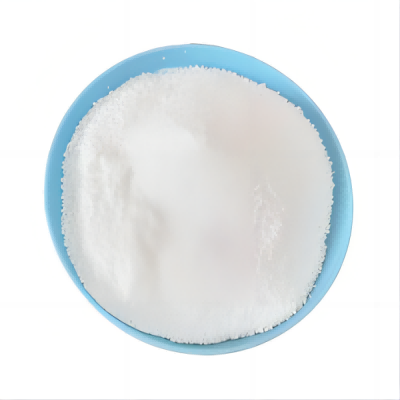
Potassium Carbonate CAS:584-08-7 Manufacturer Supplier
Potassium carbonate, also known as potash or pearl ash, appears as a white powder or as colorless solid crystal with salty taste and deliquescence. It can be dissolved in water to form a strongly alkaline solution. However, it is insoluble in organic solvents such as ethanol. It has wide applications. For example, it can be used as a drying agent, buffering agent and a source of potassium in laboratory. It can also be used for the manufacturing of fire extinguishers, soap, glass, and soften water.
-
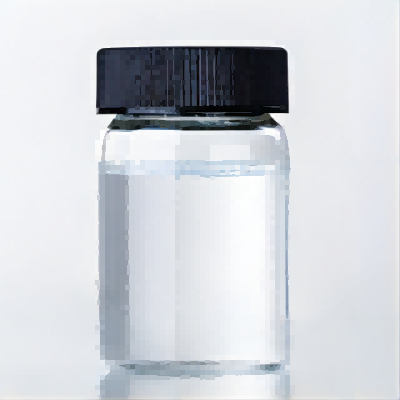
Glycerol CAS:56-81-5 Manufacturer Supplier
Glycerol is a colorless, viscous, hygroscopic, sweet-tasting trihydric alcohol. It is also called glycerin or glycerine, with the term glycerol being preferred as the pure chemical form and the term glycerin(e) being primarily used when the compound is used commercially in various grades.
-
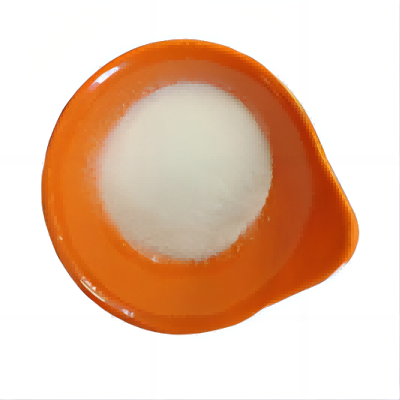
Sodium Cirtrate CAS:68-04-2 Manufacturer Supplier
Trisodium citrate has the chemical formula of Na3C6H5O7.It is some times referred to simply as sodium citrate, though sodium citrate can refer to any of the three sodium salts of citric acid. It possesses a saline, mildly tart flavor. For this reason, citrates of certain alkaline and alkaline earth metals (e.g. sodium and calcium citrates) are commonly known as “sour salt” (occasionally citric acid is erroneously termed sour salt).
-
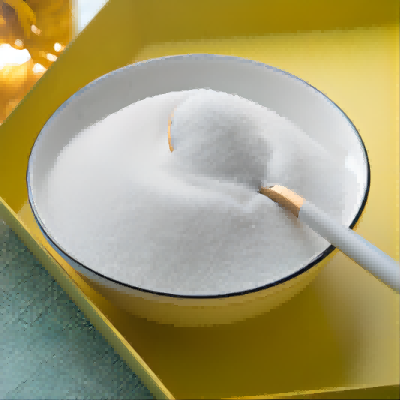
Potassium Tartrate CAS:921-53-9 Manufacturer Supplier
Potassium tartrate is the potassium salt of tartaric acid. It is often confused with potassium bitartrate, also known as cream of tartar. As a food additive, it shares the E number E336 with potassium bitartrate.
-
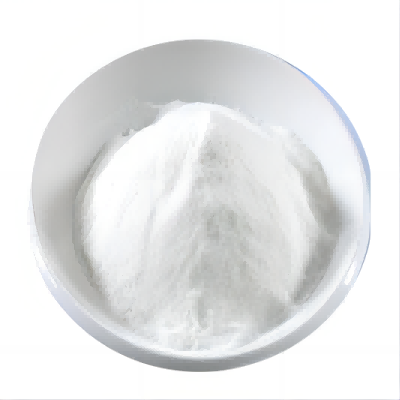
Zinc Methionine CAS:56329-42-1 Manufacturer Supplier
Zinc Methionine is one of the essential elements of animal body, is a variety of metal enzymes and insulin composition. It is in the body with a wide range of physiological and biochemical function, and is called “life element”.
-
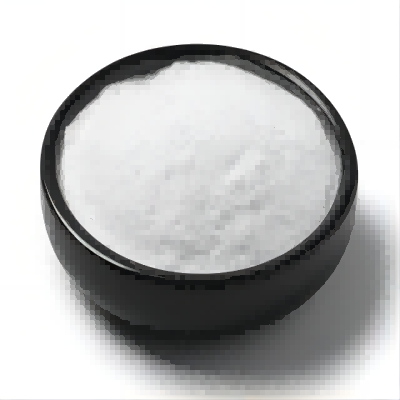
Mannitol CAS:87-78-5 Manufacturer Supplier
Mannitol also known as wood mellow, is a kind of hexahydrin that can be used as a diuretic or sweetener.Mannitol is a polyol (polyhydric alcohol) produced from hydrogena- tion from fructose that functions as a sweetener, humectant, and bulking agent. it has low hygroscopicity and poor oil solvency. it has 1.6 kcal/g. it is approximately 22% soluble in water and is approximately 72% as sweet as sugar, exhibiting a cool, sweet taste. it functions as a dusting agent with starch in chewing gum. it is used in sugarless candy, chewing gum, cereal, and pressed mints.
-
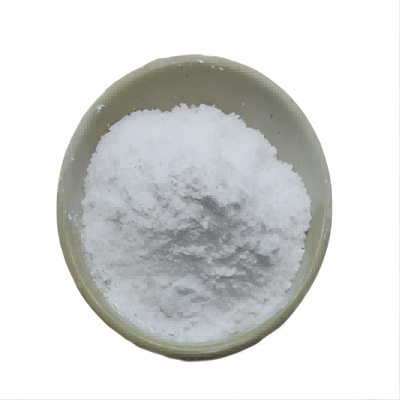
Stevioside CAS:471-80-7 Manufacturer Supplier
Steviol is an ent-kaurane diterpenoid that is 5beta,8alpha,9beta,10alpha-kaur-16-en-18-oic acid in which the hydrogen at position 13 has been replaced by a hydroxy group. It has a role as an antineoplastic agent. It is a tetracyclic diterpenoid, a tertiary allylic alcohol, a monocarboxylic acid, a bridged compound and an ent-kaurane diterpenoid. It is a conjugate acid of a steviol(1-).
-
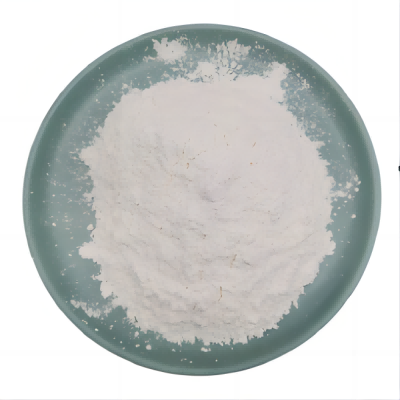
Sodium Tartrate CAS:868-18-8 Manufacturer Supplier
Sodium tartrate is used as an emulsifier and a binding agent in food products such as jellies, margarine, and sausage casings. As a food additive, it is known by the E number E335.Because its crystal structure captures a very precise amount of water, it is also a common primary standard for Karl Fischer titration, a common technique to assay water content.
-
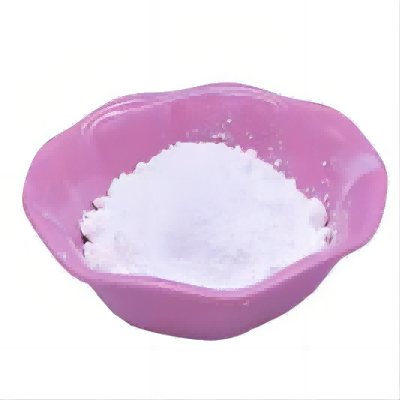
D-Galactose CAS:59-23-4 Manufacturer Supplier
D-Galactose is a monosaccharide sugar that serves as an energy source and glycosylation component. It is a C-4 epimer of glucose and often used as a source of carbon in culture media. Galactose is a component of the disaccharide lactose and released upon hydrolysis by β-galactosidase enzymes. It is converted to glucose via the Leloir pathway or metabolized via an alternative pathway, such as the DeLey-Doudoroff pathway.
-
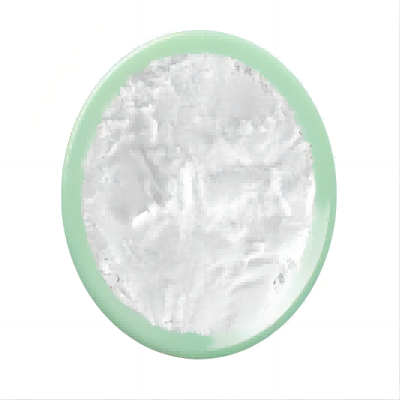
Sodium Saccharin CAS:6155-57-3 Manufacturer Supplier
Saccharin sodium dihydrate is the sodium dihydrate form of saccharin, which belongs to the family of aromatic homomonocyclic compounds. It is an artificial sweetener that is hundreds times as sweet as sucrose. It is mainly used as a food additive to sweeten many products such as drinks, candies, cookies, and medicine. Saccharin is relatively safe for human beings without providing food energy and any nutritional value. It is also safe for diabetes patients to consume.
-
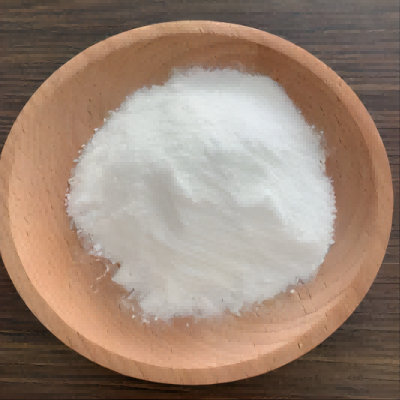
Tripotassium Phosphate (TPP) CAS:7778-53-2 Manufacturer Supplier
Potassium phosphate is a reagent with high buffering capacity, It serves as a buffering agent to regulate pH, Typically used as a component for a wide variety of media used in the culture of microorganisms, as a component in phosphate buffered saline (PBS). It occurs in several forms: monobasic, dibasic, and tribasic (K3PO4). Most pH neutral potassium phosphate buffer solutions consist of mixtures of the monobasic and dibasic forms to varying degrees, depending on the desired pH. Gomori buffers, the most commonly used phosphate buffers, consist of a mixture of monobasic dihydrogen phosphate and dibasic monohydrogen phosphate. By varying the amount of each salt, a range of buffers can be prepared that buffer well between pH 5.8 and pH 8.0 (please see the tables below). Phosphates have a very high buffering capacity and are highly soluble in water.
-
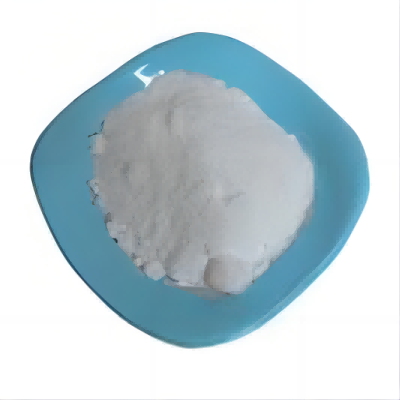
Zinc Gluconate CAS:4468-02-4 Manufacturer Supplier
Zinc gluconate is an organic zinc supplement with fewer side effects than zinc sulfate and better absorption as well. It has certain efficacy on the treatment of zinc deficiency caused growth retardation, malnutrition, anorexia, recurrent oral ulcers, acne and senile zinc deficiency as well as immune dysfunction. It is mainly absorbed in the small intestine after oral administration with 1h reaching the peak but declining at about 2h. In the body, it is widely distributed in the liver, intestine, spleen, pancreas, heart, kidney, lung, muscle, central nervous system and bone. It is mainly excreted by the feces with a small amount excreted through the urine and milk. The bioavailability of it is about 1.6 times as high as that of zinc sulfate.

